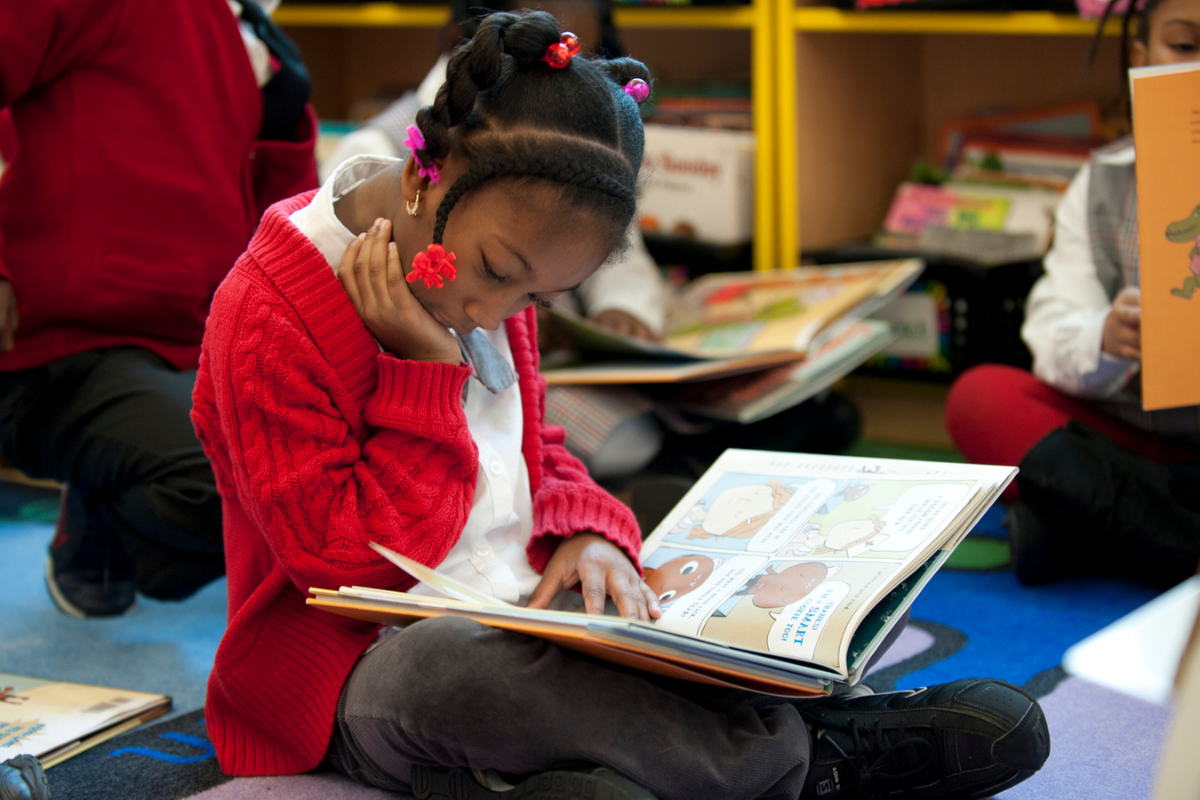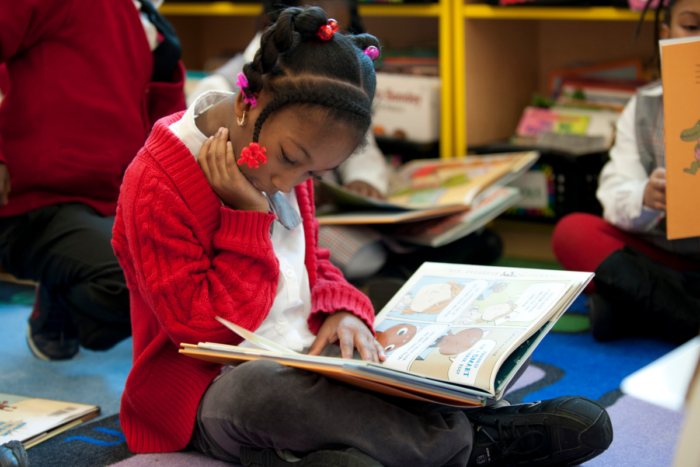
Spring Clean Your Classroom Bookshelf
Daylight saving time officially started this week, which means spring is just around the corner. As you might spring clean your home, now is a great time to spring clean your bookshelf and evaluate if your classroom library celebrates and explores different identities and lived experiences.
Spring cleaning your classroom libraries and reviewing your lesson plans helps create welcoming learning communities that have the power to develop self-awareness, confidence, and pride for all learners. Britt Hawthorne, an anti-bias, antiracist teacher educator reminds us that a library evaluation is an important annual activity to ensure the titles are inclusive of the students you have right now.

Evaluating Your Bookshelf
Many educators in our network have shared how they turn bookshelf evaluation into a full classroom activity, allowing students to choose books that appeal to them the most. Learning through their student’s choices allows educators to easily spot gaps in narratives and storylines. However, if your classroom is still primarily virtual, you can evaluate your bookshelf independently using tips from our Empowering Educators resource, a Guidebook on Race & Racism.
Using an anti-bias and antiracist (ABAR) lens to select books for your classroom is specifically highlighted on pages 29-31 of the Guidebook on Race & Racism. Full collection selection criteria are highlighted below, but you can download the free guide to better analyze individual titles, characters, authors, and illustrators.
How to Explore the Storyline
Spring cleaning your bookshelf is not a pass or fail test for an educator’s book collection. The goal is to create an anti-bias and antiracist book collection, so all books should be evaluated individually and as part of the collection with the questions that follow.
Don’t be afraid to get rid of books that perpetuate harmful stereotypes and invisibility. The aim is for students to experience accurate narratives through positive storylines and/or through historical truths.
Questions to ask when evaluating the storylines in the full collection.
- Does a single story or narrative about a group dominate my bookshelves? For example, books that feature Indigenous or Native American people should include more than folktales from the past, and books that feature African Americans should include more than stories about overcoming oppression.
- Do I have stories that take place in different geographical settings?
- Do I have books that celebrate Christianity, Islam, Judaism, Hinduism, nonreligious traditions, etc.?
- Do I have books with main characters from different countries?
- Do I have books about BIPOC that promote self-love and joy?
- Do I have books that include a variety of family structures? (e.g., nuclear families, blended families, multigenerational families, single-parent families, same-sex-parent families, childless families, etc.)
Start Your Spring Cleaning
As with any sort of clean out, getting started is the hardest part; but First Book hopes to help make the process easy. Get started when you download the Empowering Educators Guidebook on Race & Racism. It’s completely free for members and non-members alike.
Once you’ve cleared your bookshelf and you’re ready to shop for ABAR titles, visit the Marketplace to discover diversity and inclusion titles as part of our Stories for All Project™. You can shop by culture, religion, special need, language, and more – our collection is designed to help you engage students in effective, courageous conversations about race and social justice.
Books in the Marketplace are available for purchase at a reduced cost for our network members; but any eligible educator can join for free. First Book supporters, not currently eligible to join the network, can purchase titles through Bookshop.org to still directly impact kids in need; 10% of your order is donated directly to First Book.
